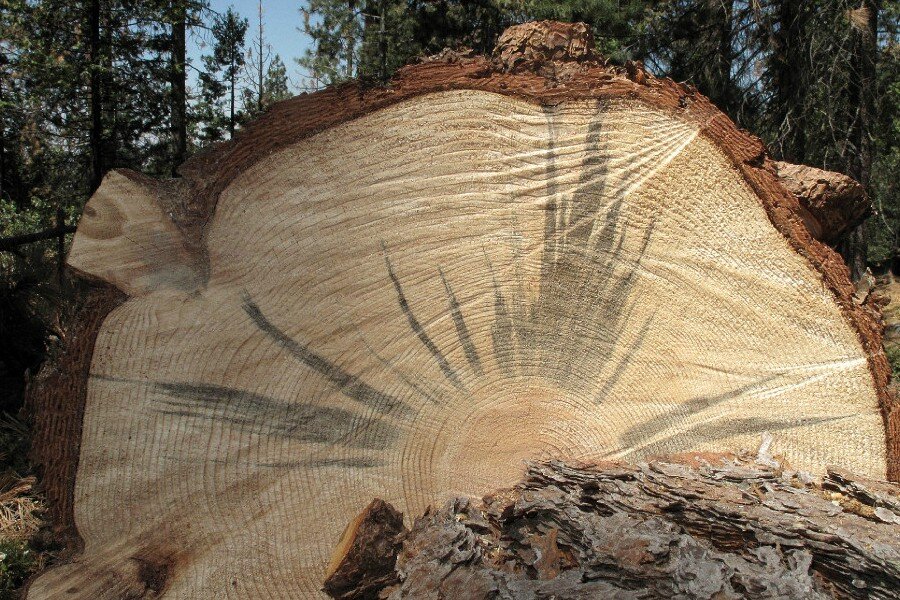California drought kills 102 million trees. Now what?
Loading...
The total number of dead trees in California’s forests has climbed to 102 million.
Approximately 36 million of those deaths have come since the US Forestry Service last surveyed the forests in May. And the number of dead trees in the Golden State doubled over the past year.
The tree deaths are changing the California landscape, particularly at lower elevations. They’re also raising questions about the best ways to protect people from falling trees or wildfires while preserving forests.
California has endured a drought for the past five years. The lack of precipitation has left trees struggling to get enough water and prone to infestation by bark beetles. This year started off wet in Northern California, but the southern and central parts of the state continued to struggle with what officials termed “extreme” and “exceptional” drought.
Even if historic levels of precipitation blanket the state this winter, trees will continue to die off well into 2017 and even 2018, say forestry officials.
Dead trees pose a number of challenges, which California and the federal government are working to address.
The dying trees amplify the threat of wildfires. This summer, thousands of residents were forced to evacuate as wildfires raged, and hundreds of homes were destroyed. With so much dead wood still standing in forests, fires spread rapidly. The flames can climb trees and even spread between the tops of trees, which is making fighting fires more costly.
“These dead and dying trees continue to elevate the risk of wildfire, complicate our efforts to respond safely and effectively to fires when they do occur, and pose a host of threats to life and property across California,” US Agriculture Secretary Tom Vilsack said in a statement.
The dead, falling trees also create hazards for people walking along trails and through national parks. In October 2015, California Gov. Jerry Brown declared a state of emergency in order to amass the funds needed to safely remove fallen and dying trees from areas where people work and relax. The US Forestry Service likewise reallocated $43 million of its California budget for “safety-focused restoration along roads, trails, and recreation sites.”
Many say that getting the dead trees out of the forests is the answer. Officials have suggested turning the trees into lumber or burning them for electricity. Experts have suggested that having too much dead wood on the forest floor can actually damage the soil when wildfires do happen, since fires have too much fuel and therefore burn at very high temperatures.
But some environmentalists have advocated for leaving the trees in the forests, saying it’s part of the life-cycle of a forest for dead wood to decompose and provide wildlife habitat on the forest floor.
Longer-term forest management may help prevent excessive tree deaths and out-of-control wildfires. In his statement, Secretary Vilsack called for Congress to shift the balance of money it allocates, allotting less to putting out fires and more to preventing fires.
Ironically, the answer to the dead trees and rampant wildfires may be more fires. According to forest ecologist Chad Hanson at Earth Island Institute’s John Muir Project, fire suppression efforts since California was settled have created unnaturally green and dense forests.
“We don’t want too much [fire] and we don’t want too little,” he told the Associated Press. “This is not too much.”
Managed fires may have helped to protect the majestic sequoia tree, which can take in as much as 800 gallons of water per day. Fires kill the quicker-growing firs and cedars, reducing competition over water and preventing sequoias from drying out and dying off.







